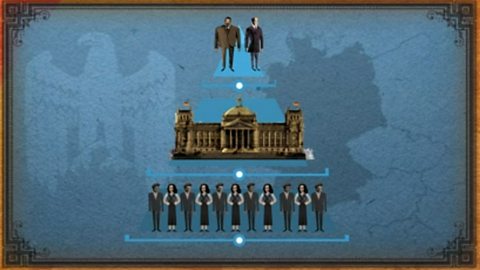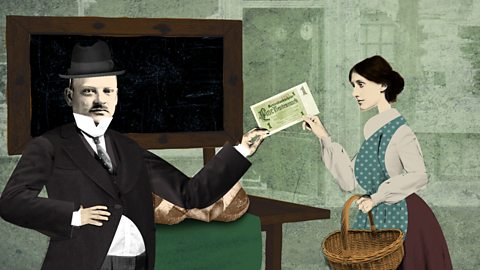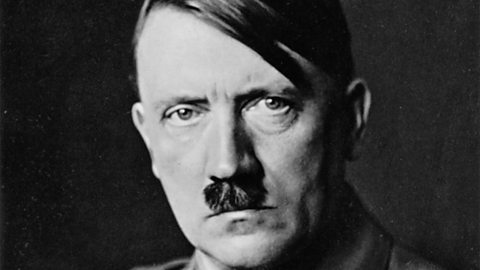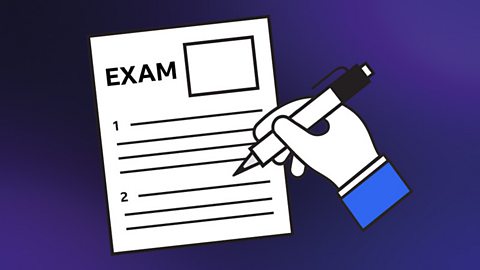Germany
Weimar Germany overview - Eduqas
Germany embraced democracy after World War One and, after a troubled start; by 1929 Weimar was stable and increasingly prosperous. However, economic crisis led to brutal dictatorship under the Nazis.

Weimar Germany, 1918-1924 - Eduqas
Defeat in 1918 led to the Kaiser’s abdication, a republic and a new constitution. The new Germany faced huge problems up to 1924, not least those caused by its punishment in the Treaty of Versailles.

Weimar recovery and Stresemann 1924-1929 - Eduqas
Under Stresemann’s leadership, from 1924 onwards Weimar’s economy recovered. Germany regained international credibility and social change accelerated, until the disaster of 1929’s Wall Street Crash.

Hitler into power, 1929-1934 - Eduqas
Hitler was appointed Chancellor in January 1933. His rise to power was the result of many factors: the impact of the Depression, the weaknesses of Weimar democracy and the strengths of the Nazi party.

Life in Nazi Germany, 1933-1939 - Eduqas
Nazi Germany was a totalitarian state, meaning all aspects of Germans’ lives were controlled by the government. It was also one in which those deemed ‘enemies of the state’ were ruthlessly persecuted.

Weimar Germany - exam preparation - Eduqas
In your History GCSE, it is important that you not only have good subject knowledge, but have the skills to apply this knowledge to exam questions.

Links
- External linkExternal link
- External linkExternal link
- External linkExternal link
- SubscriptionSubscription
- External linkExternal link